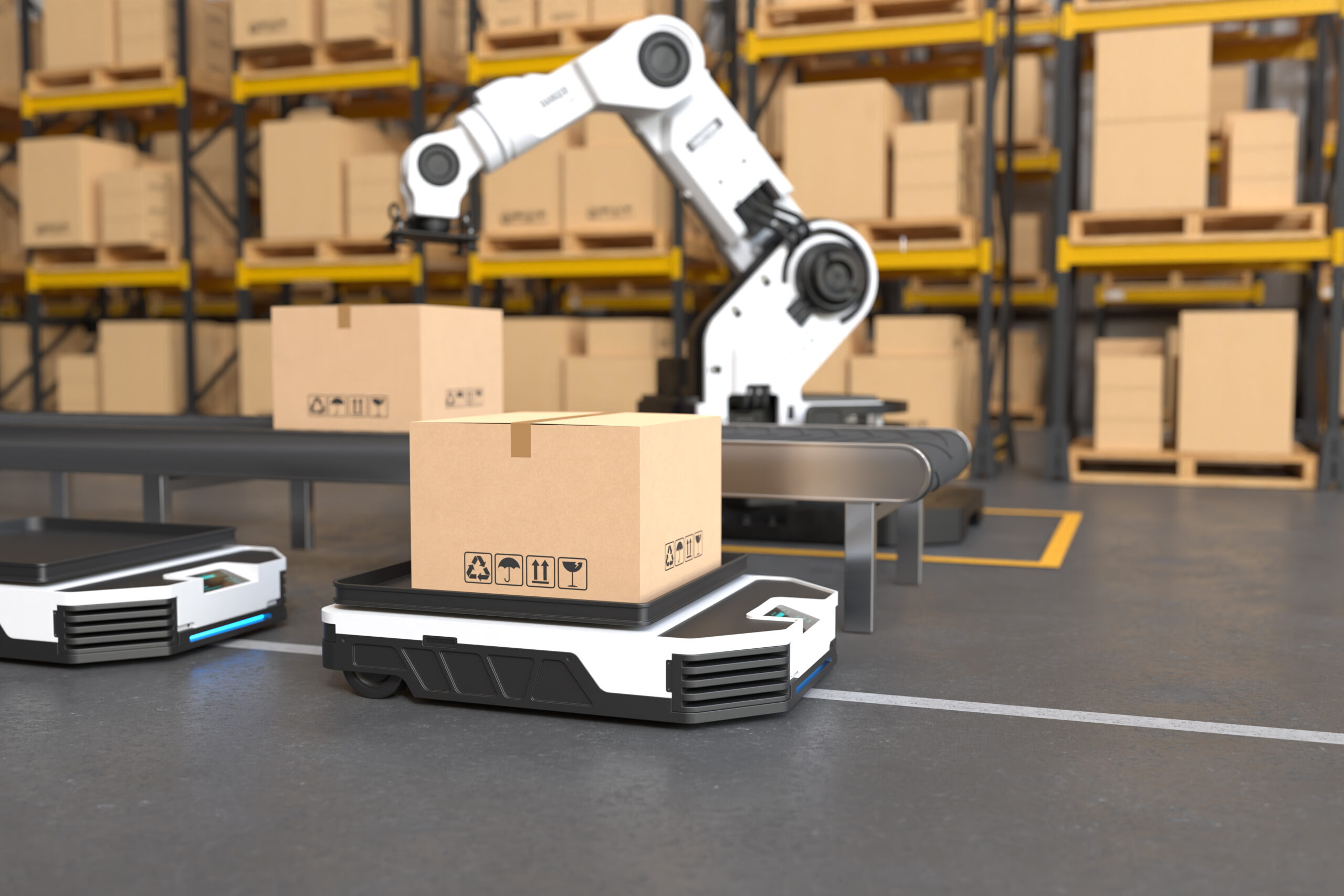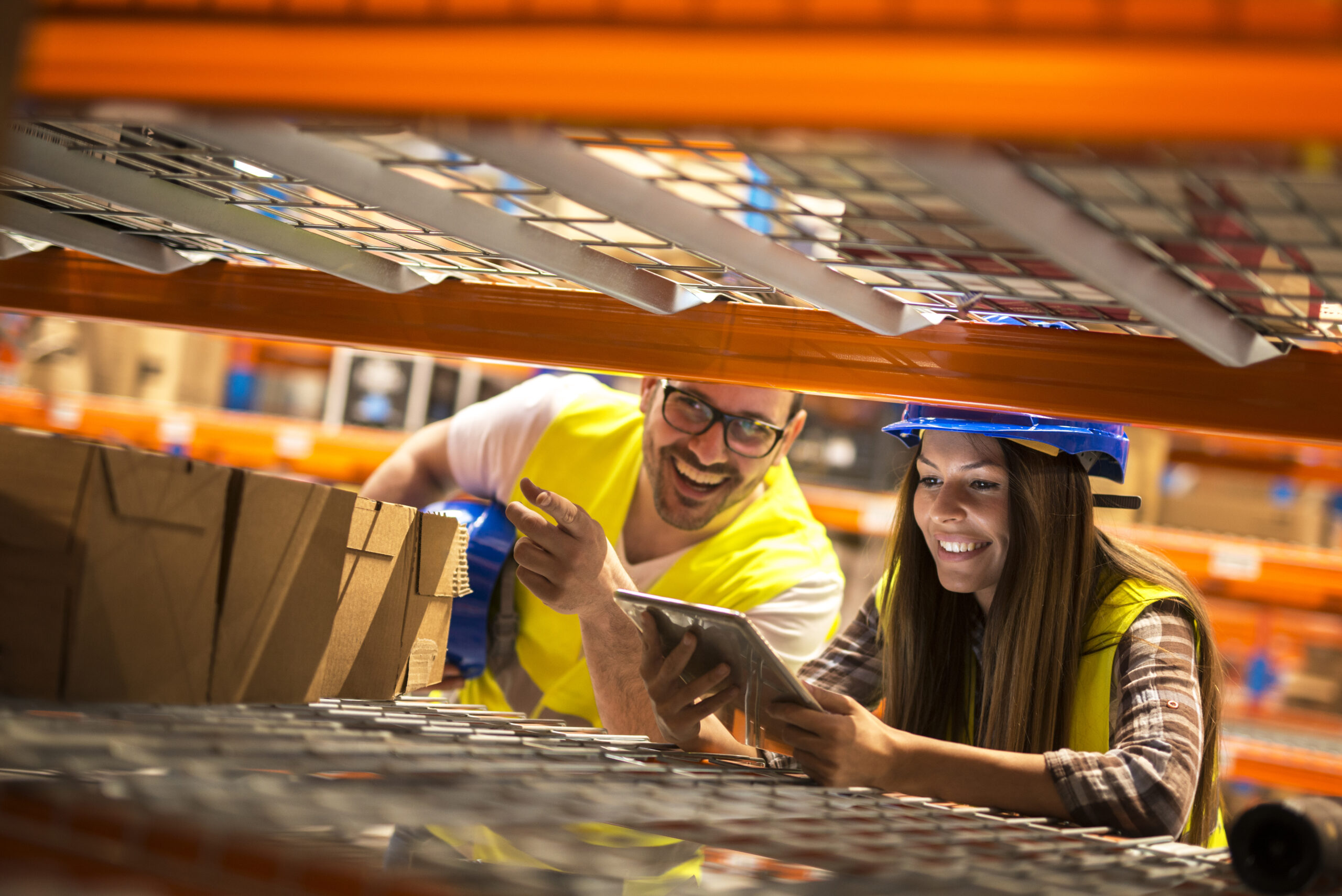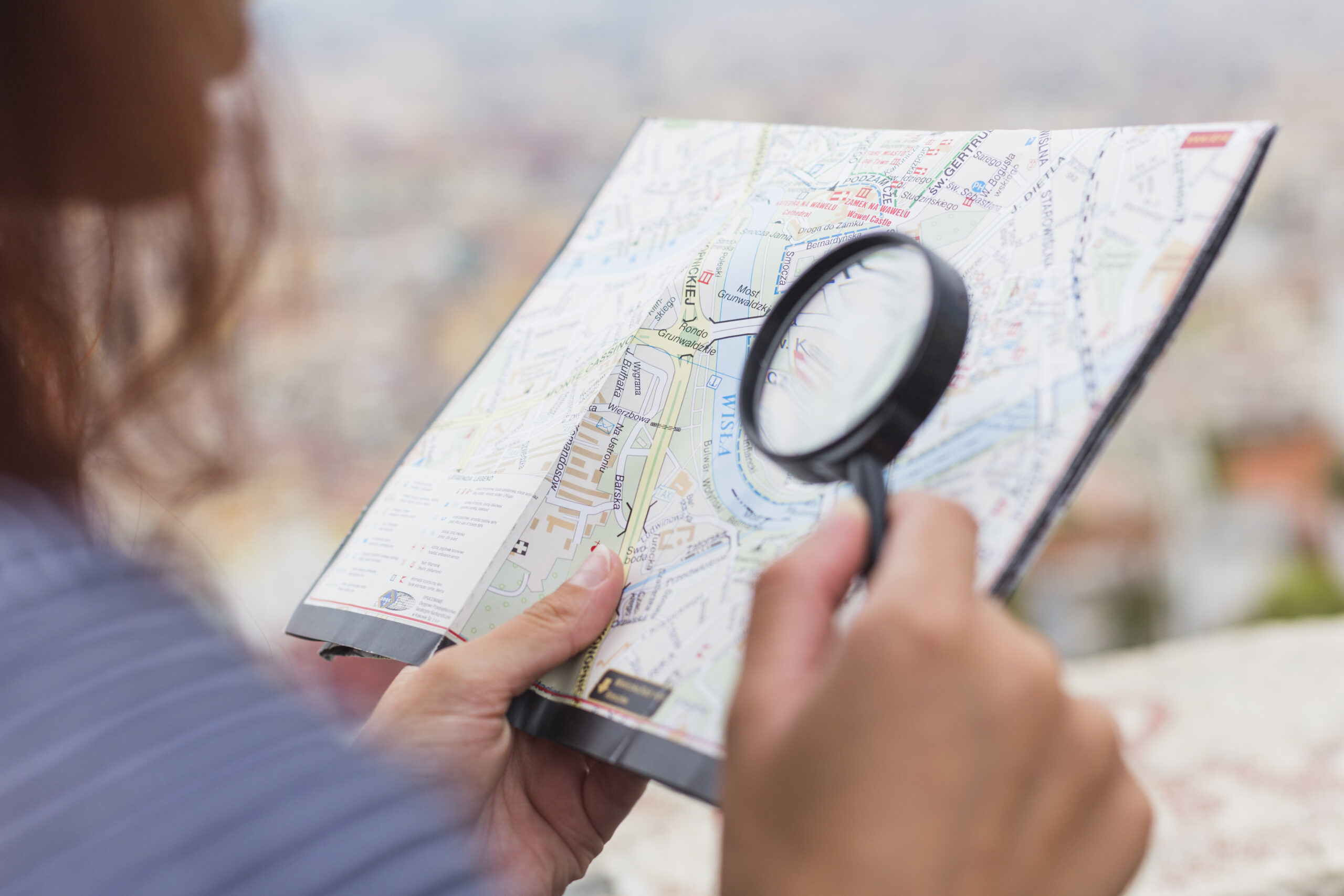The logistics sector has always been open to technological innovations, and two of the most striking of these innovations. The use of AR and VR in logistics reshapes processes, increasing operational efficiency and reducing costs. These technologies help simplify complex logistics operations, reduce error rates, and provide better visibility throughout the process. AR, especially in warehouse management and inventory tracking, lightens the workload of employees by displaying labels and product information in real time. VR, on the other hand, facilitates training and process tests with scenario-based simulations in logistics planning and management.

The Power of AR and VR in Warehouse Management and Operations in Logistics
One of the most significant impacts in warehouse management and operations. Thanks to AR glasses, warehouse workers can see shelf numbers, stock information, and the most efficient routes hands-free. This not only saves time but also greatly reduces error rates. VR, by creating virtual models of the warehouse environment, becomes an excellent tool for layout planning and process improvements. Combined with real-time data analysis, these technologies enable smarter and faster decisions in warehouse management.
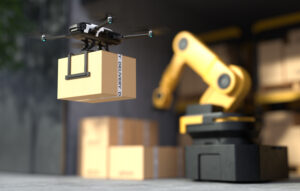
The Revolution of AR and VR in Customer Experience in Logistics
AR offers customers the opportunity to view 3D models of products in their own living spaces, making the online shopping experience more interactive and satisfying. VR provides a virtual trial opportunity for customers, especially for complex or expensive products. These technologies play a significant role in supporting customer decision processes, increasing sales conversion rates, and strengthening customer loyalty.
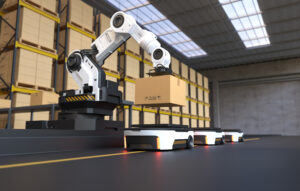
Supply Chain Optimization in Logistics
AR and VR technologies in logistics also take supply chain optimization to a new level. AR, in particular, enhances the visibility and traceability of the supply chain, providing managers with valuable data for more informed decision-making. During shipping and logistics operations, AR can be used to monitor and report the status of materials and products in real time. VR, by creating virtual models of supply chain processes, provides an ideal platform for risk analyses and procedure tests. This allows logistics strategies to be planned and implemented more effectively.
In the future, it is expected that AR and VR technologies will advance further and their use in the logistics sector will expand. These technological advancements will accelerate the logistics sector, enabling more innovative and customer-focused services. The innovations brought by AR and VR will increase the sector’s competitiveness and shape the future of logistics operations. This transformation will not only increase operational efficiency and cost-effectiveness but will also enrich the customer experience.



